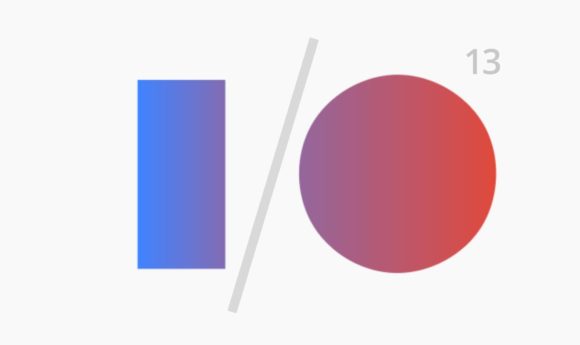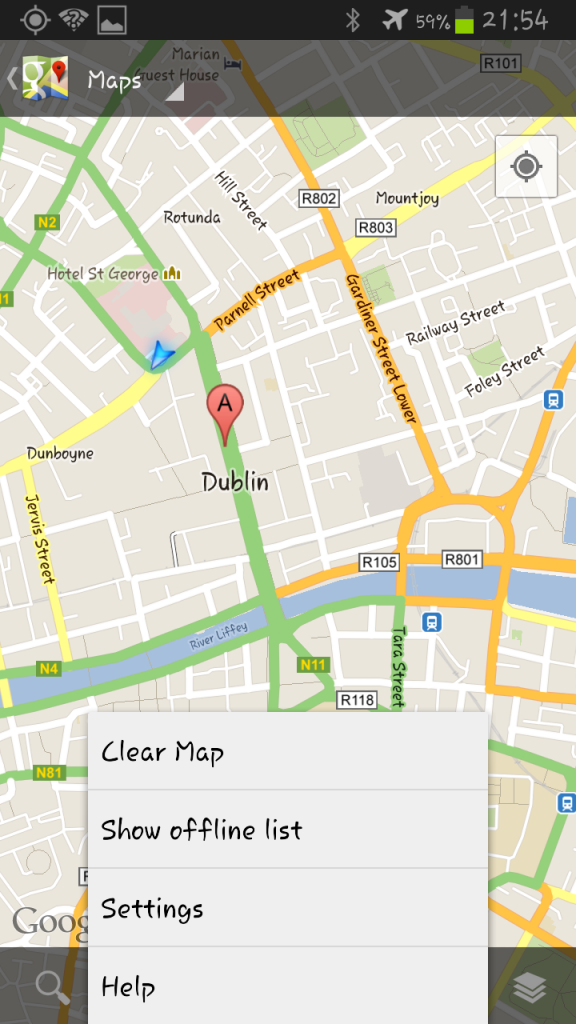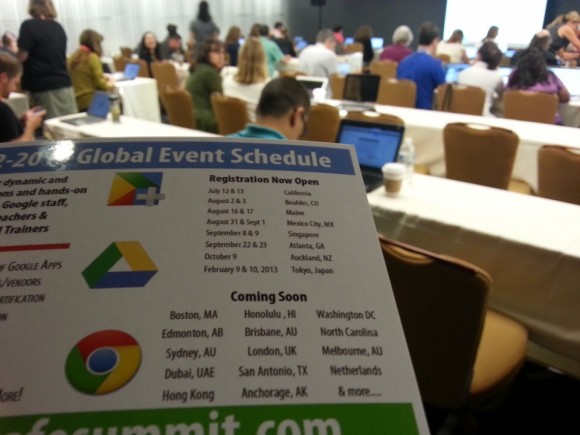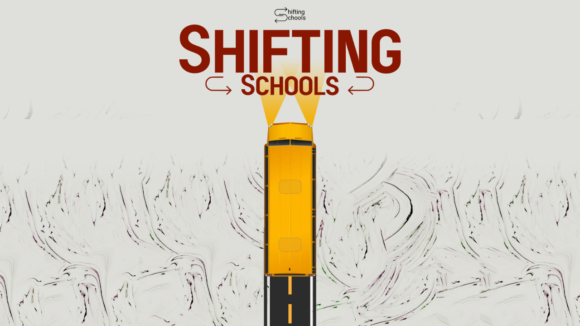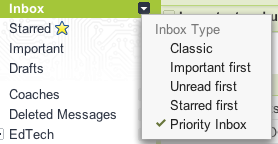Now I have admitted before that I am a google fan boy. I love Google, I love their products, I love the way they take risks in development, I love the future they are trying to make a reality. So it should be no surprise that on Wednesday I prepared myself for the 3 hour Keynote that kicked off Google […]
